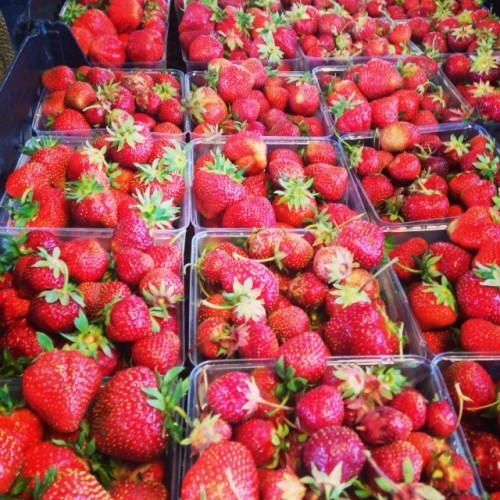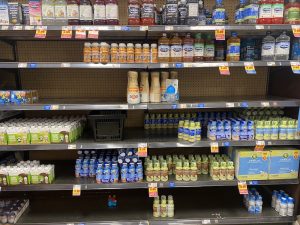Earlier this spring, Fortune Magazine looked at The War On Big Food. It noted that major packaged food companies lost $4 billion in market share alone in 2014, as shoppers ignored the center aisles of grocery stores in favor of fresh and organic products.
But it isn’t just a switch from packaged to fresh: consumers are rethinking how they eat, dine and shop, says Susan Schwallie. She’s a veteran market researcher with the NPD Group, whose clients include McDonald’s Corp.
A few weeks ago, I had the chance to hear Schwallie talk about the big changes sweeping the food industry during a presentation she gave at Camp Bacon, an exploration of specialty foods (especially bacon) put on by Zingerman’s in Dexter, Mich.
To kick things off, here are some key points Schwallie made.
Fresh is in, frozen is out.
The frozen food industry is struggling, Schwallie says. Although frozen foods are a delicacy in France, Americans are turning away from things in freezer bags.
Kitchen time is growing.
Schwallie says consumers want to spend time preparing meals from scratch. They’re most willing to do so for breakfast, where the use of fresh food is up 9 percent. People are spending 7 percent more time making lunch, and 5 percent more using fresh ingredients for dinner.
‘Better for you snacks’
Are gaining on sugary ones. She predicts that we’ll be eating more nuts, mixes and granola bars in 2018 than we do candy bars.
Preservatives cause concern.
People are increasingly asking what’s in their food, and pushing food companies to eliminate unneeded ingredients. All kinds of companies, from McDonald’s to Chipotle, are responding.
Fat is no longer bad.
As you might expect at a seminar named Camp Bacon, Schwallie says fear of fat is diminishing. The big fear for many diners, she says, is getting too much sugar.
Ecommerce is growing.
We’ve told you about Amazon’s effort at growing its grocery business, and other companies are following suit. Right now, just 4 percent of groceries are purchased online, but Schwallie sees that increasing rapidly.
Next, I’ll look at how people are embracing organic foods and what means for big groceries.
Schwallie’s data is great fodder for story ideas. Talk to grocery store chains in your area, and see if Amazon and other online delivery services have expanded where you like. Has a McDonald’s closed in your area? Are you seeing more fast casual restaurants pop up?











